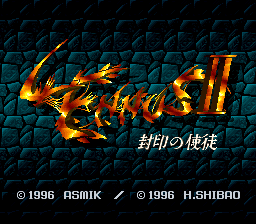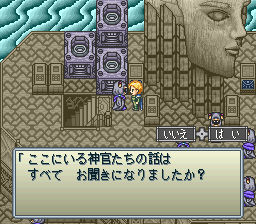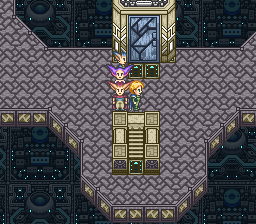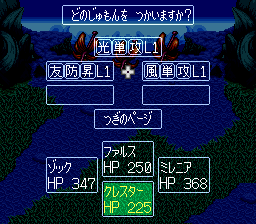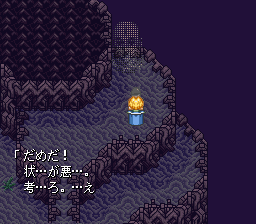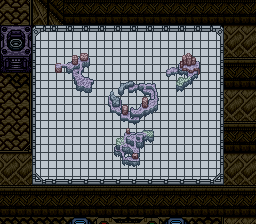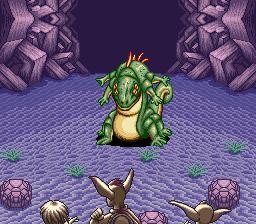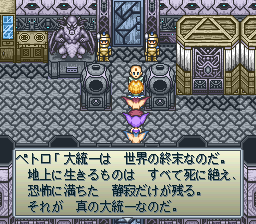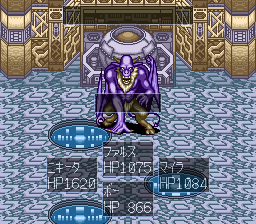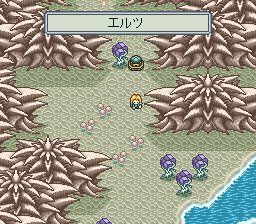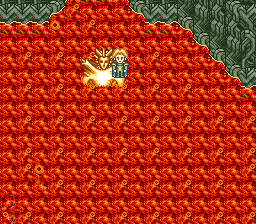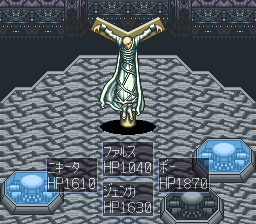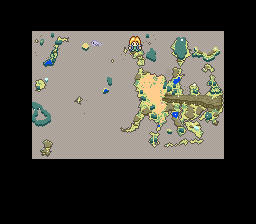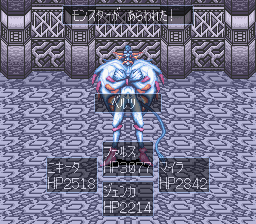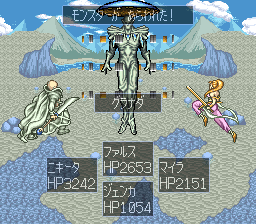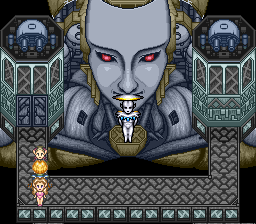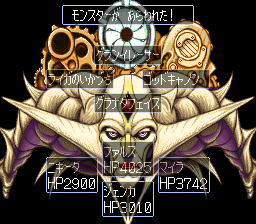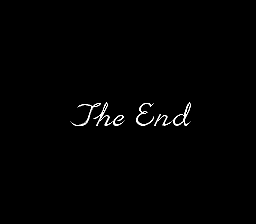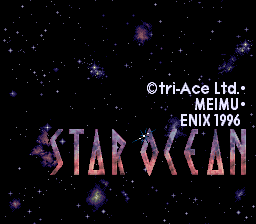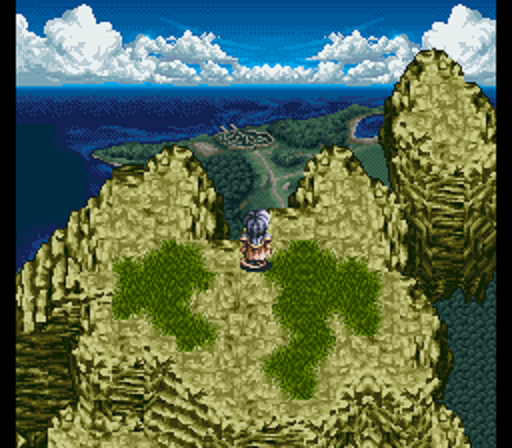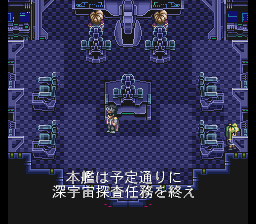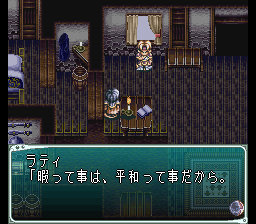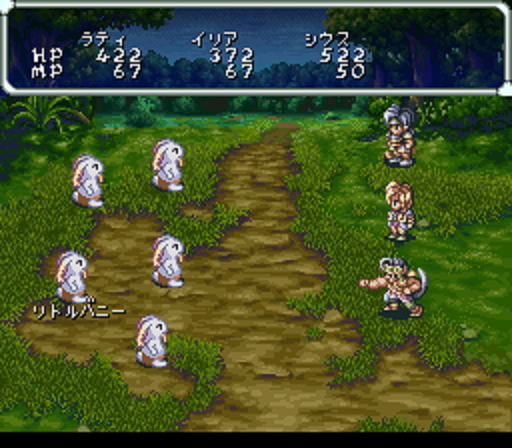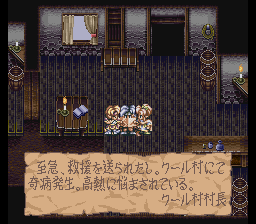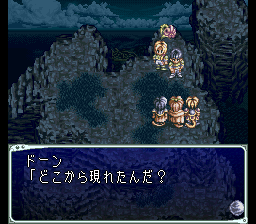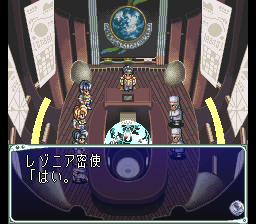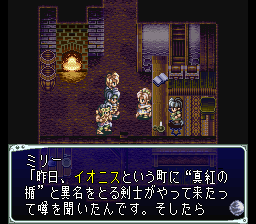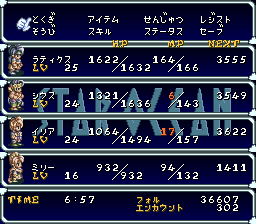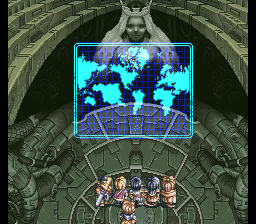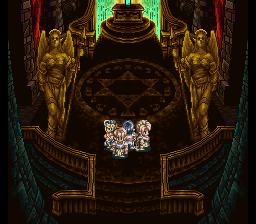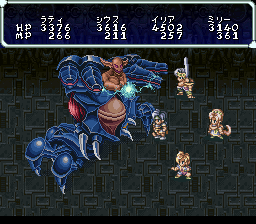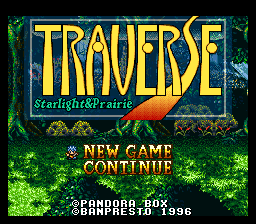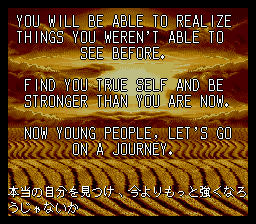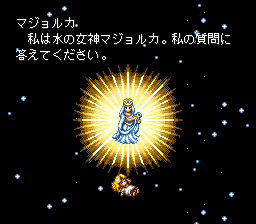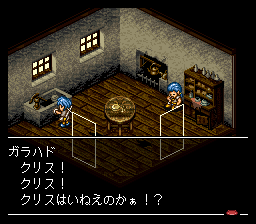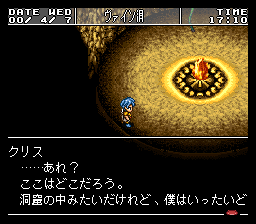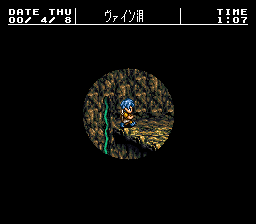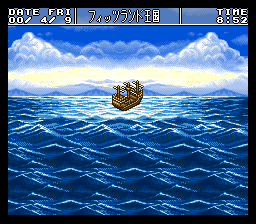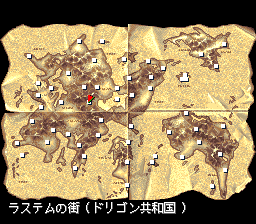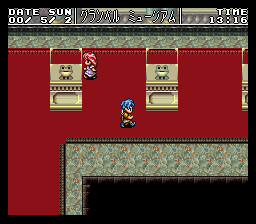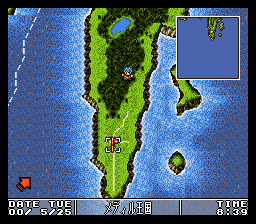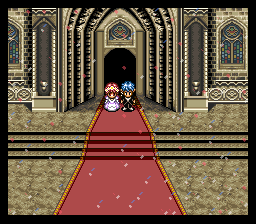Daikaiju Monogatari II (大貝獣物語II), released 8/2/1996, developed by Birthday, released by Hudson
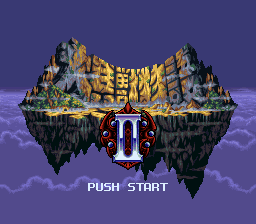
This is the sequel to the 1994 original — there are some of the same characters although I believe this is not a plot sequel, it’s just a new story with some of the same elements. As in the first game, the Fire Shell has to be used to summon someone from Earth to help fight off enemies.
The gameplay is mostly the same as in the first one as well. We still have the punishingly high random encounter rate, the “helpers”, the basic magic system, equipment, etc. This game added a clock-based feature like Tengai Mayko Zero, although it has very little effect on the game (and apparently drained the battery quite a bit). You no longer recover MP/HP on level up, which makes the game a bit more fraught in the dungeons. I made occasional use of a no encounter code, mostly when there were puzzles in the dungeons (I find it very annoying to try to do dungeon puzzles when a random encounter is breaking your concentration every few steps).
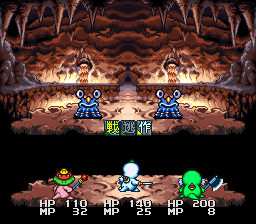
This time our big bad is “Dark”, who is trying to take over Shell Land.
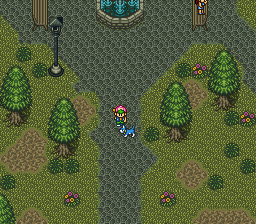
Kurisu and his dog Millie are transported from Earth, but something goes wrong during the process and Kurisu ends up alone, and is immediately attacked. Fortunately Princess Rumiella from the nearby castle finds him and brings him back.
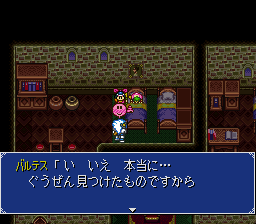
We are also introduced to Baltes who has a crush on Rumiella, and Baboo (who was in the first game, but as I said I don’t believe this is a plot sequel — I think it’s just reusing the same assets). The basic structure of the first 2/3 or so of the game is that Dark (the big baddie) is sending out his underlings to find the six Aura Stones, while we travel around and fight the underlings, recovering the stones.
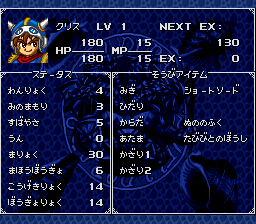
The battle system (and even the graphics) are basically the same as the first game. You can still set up “strategies” to have people use certain moves automatically, although this game doesn’t have that extremely helpful move that puts the enemies to sleep with no MP cost. And since you no longer recover MP on level up, that means that more often than in the first game I was just doing attack with everyone.
The first location is north of the king’s castle, where Megaloking is using captured humans to dig up the aura stone.
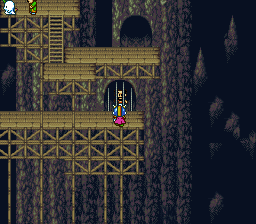
This operation is a success; beating Megaloking and freeing all the villagers, and getting the aura stone. Unfortunately Dark, though his evil spying ways, has recognized that Baltes is in love with the princess, and decides to use nefarious tricks to turn Baltes to their side.
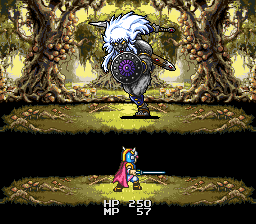
Baltes thinks that the hero kurisu has taken the princess from him and that they were making fun of him, which allows the next of Dark’s generals, Mushking, to use spells on him and turn him to evil. To reach Mushking we first have to recruit an ally who can cut the trees in our way (he can also remove boulders from other places to reveal hidden treasures).
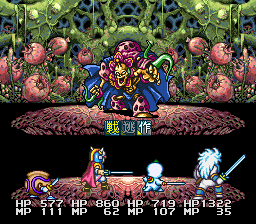
Once Mushking is defeated, we find the second stone, although Baltes decides to go out on his own to train so he can overcome the weakness of his heart that allowed him to betray the party.
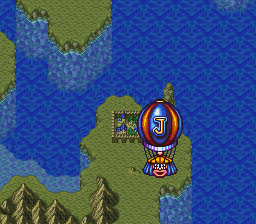
Next up is a strange sequence involving Jodan, a clown that captures people and turns them into pigs. He also likes to collect unusual animals, including a few people that should be in our party! Poyon, Kupikupi, and the main character’s dog (who I named Millie) are ale here. The game switches to Poyon and Kupikupi, who free the dog, beat Jodan, but only the dog escapes.
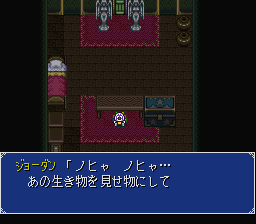
The dog and Kurisu are reunited then, and Millie tries to lead us to the others. This is an annoying desert section — this is an example of a dungeon where I turned on the no-encounters code because finding my way around in the place was annoying. There are sandstorms that carry you around, but the places are invisible and it’s hard to figure out how to get through it. This leads us back to Jodan’s circus again, where we finally free the others (plus a thief named Shamuru, who is another party member).
Next up we can find the third aura stone in the Antlion lair, another annoying dungeon that I used no encounters for.
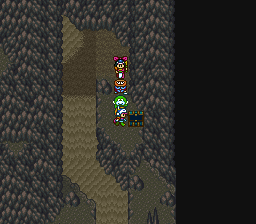
Here we find the evil scientist Dorn, who has revived Megaloking to fight again. Fortunately Megaloking is a chivalrous dude who gives us the aura stone when we beat him!
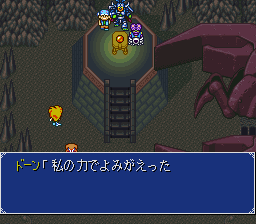
Now the Sand Scorpion, a big machine controlled by Dorn, heads for the nearby city to explode. We try to stop it, but in the end Millie (the dog) pushes Kurisu off the Scorpion and sacrifices her own life to stop it.
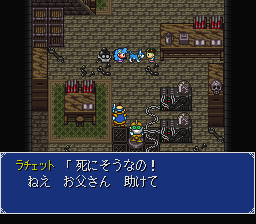
Some kids bring Millie back to a scientist who is developing a robot (Dr. Spanner). Spanner tries to do what he can, but the next day he tells the kids that he couldn’t save the dog and buried him nearby. Now the robot activates (we’ll learn soon that the dog was put into the robot, so now Millie is the robot).
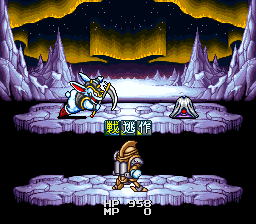
The next section is done with the robot alone. She’s easy to use because if you buy 99 bomb items she can use a powerful attack on all enemies to kill them in one attack. The job here is to go to the crystal castle, where Dorn is using Gabro, one of his underlings who is still basically a baby. The robot Sonia is taking care of him.
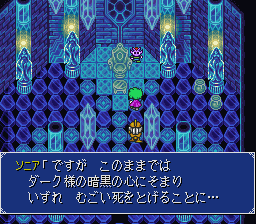
Gabro is kidnapping children to play with. Sonia isn’t quite sure that’s a good idea, and she eventually grows close to the robot (Millie) because they’re both automata. Eventually Dorn comes in and kills Sonia, which upsets Gabro. In this section you have to switch back and forth between Gabro and Millie in order to progress in the dungeon, until we eventually catch Dorn (who escapes). But we have the 4th aura stone.
After this whole sequence the game switches back to Kurisu, and you can immediately go back and get Millie robot in your party. Two more aura stones! That’s where I will stop for now; hopefully I will have the game done by next weekend.
